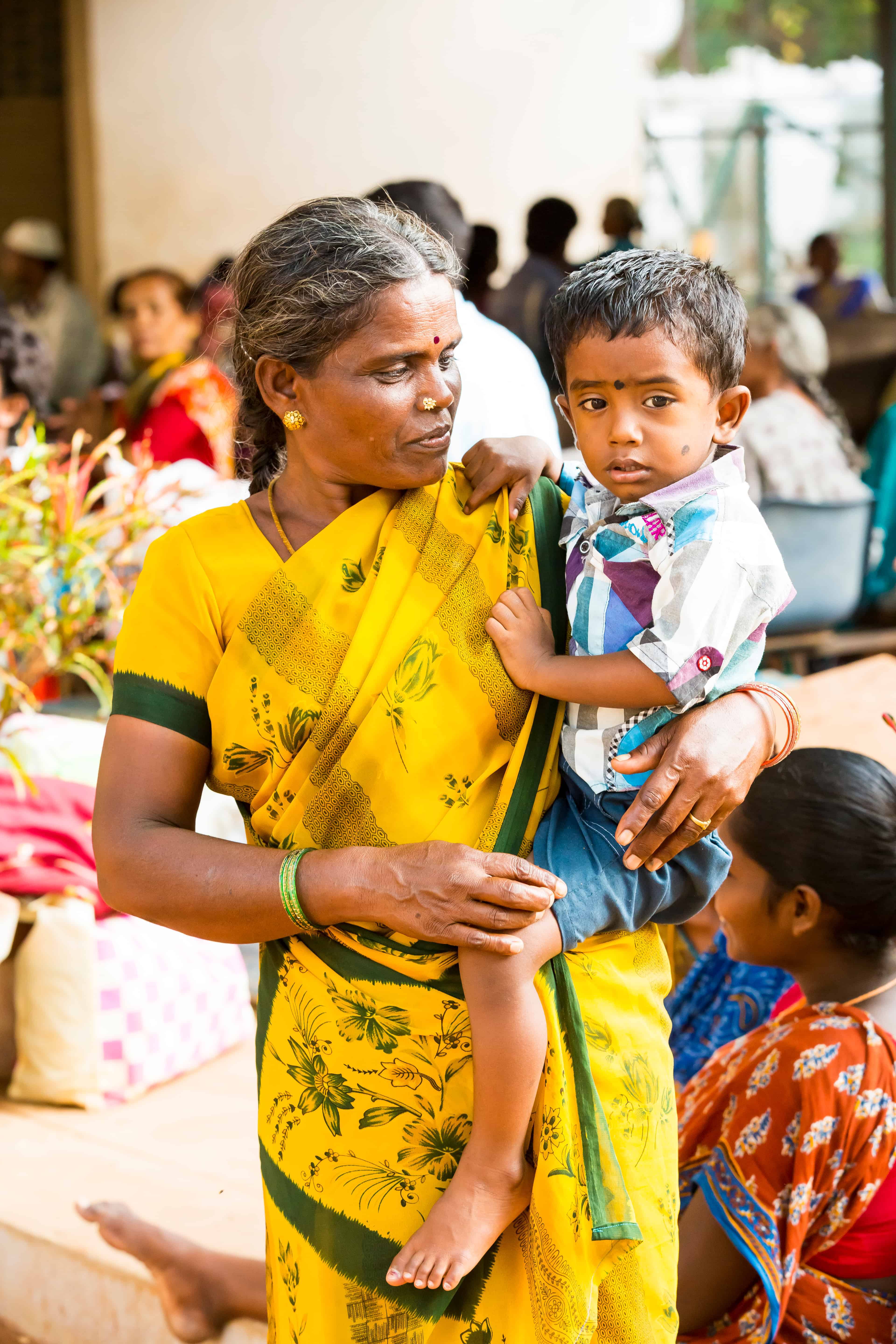July 27, 2021

Resistancebank.org, an open-access repository to facilitate antimicrobial resistance data sharing. Researchers from ETH Zürich and CDDEP recently released resistancebank.org, an online platform synthesizing animal AMR data from 1285 surveys conducted between 2000 and 2019 in various low- and middle-income countries. In addition to providing local indicators of AMR burden, the platform offers a detailed guide for visitors to upload their data, encouraging and facilitating data sharing in the AMR community. [Scientific data]
What working in crisis mode teaches us about collaboration and impact. In an opinion piece in Stanford Social Innovation Review, Gabrielle Fitzgerald, co-founder of the Pandemic Action Network, details lessons from working in crisis mode that could make organizations more effective long after the crisis. Oxygen for India, launched by CDDEP researchers in response to the recent shortage of medical oxygen, was highlighted as one of the examples where acting with urgency, instead of waiting for the perfect opportunity or plan, can draw attention to an issue and rally partners to work together for a greater and immediate impact. [SSIR]
Ethnic minority healthcare workers are more likely to be vaccine-hesitant in the United Kingdom. A UK study assessed the association between ethnic differences and COVID-19 vaccine-hesitancy among healthcare workers (HCWs). Among the 11,584 HCWs participating in the survey, 23% were vaccine-hesitant. Black Caribbean, Black African, and non-British White ethnic groups were more likely to be vaccine-hesitant, even when adjusting for other factors. Additional independent predictors of vaccine hesitancy included younger age, female sex, stronger belief in COVID-19 conspiracies, and lower trust in employers. Better communication and involvement of HCWs in vaccine rollouts were cited as ways to improve uptake in ethnic minority communities. [The Lancet]
Pneumococcal conjugate vaccines significantly reduce pneumonia cases and hospitalizations in The Gambia. Ten years of population-based surveillance data show that invasive pneumococcal disease (IPD) among children aged 2-59 months in The Gambia fell from 184 to 38 cases per 100,000 person-years (80% reduction) following the introduction of the pneumococcal conjugate vaccines (PCV7 and PCV13). Pneumonia cases and hospitalizations decreased among different age groups (2 months to 14 years old), highlighting the positive impact and long-term effectiveness of PCV vaccines. [The Lancet]
AMR genes present in A. baumannii isolates from powdered milk samples in Germany. Whole-genome sequencing of 85 Acinetobacter baumannii strains isolated from human and powdered milk samples revealed a wide variety of acquired antimicrobial resistance genes, with more than half conveying resistance to aminoglycosides (55%). Phenotypic characterization showed high resistance to chloramphenicol (100%), fosfomycin (95%), and third-generation cephalosporins (94%). The presence of AMR genes in milk powder samples warrants investigations into resistance genes interspecies mobility and addressing health and safety concerns to consumers. [BMC]
Household zoonotic parasite prevalence associated with drinking water sources in Mongolia. A recent cross-sectional study in Mongolia investigated parasite prevalence among 250 households using a One-Health approach. Zoonotic parasites (Cryptosporidium spp. or Giardia duodenalis) were found in 20% of households; prevalence was 6.4% in human samples, 3.3% in domestic animals, 14.8% in filth flies, and 2% in water. When adjusting for other factors, improved drinking water source was significantly associated with parasite prevalence (OR 0.16; 95% CI 0.0 to 0.68), indicating the importance of access to clean drinking water sources to prevent zoonotic parasites transmission. [PLOS]
New scoping review protocol to study AMR interventions in Africa. Experts from the WHO Regional Office for Africa and South African institutions developed a scoping review protocol to map interventions that address antimicrobial resistance (AMR) through the One-Health lens in African countries. The protocol focuses on healthcare systems, agricultural and veterinary sectors, and outcomes and interventions guided by the strategic objectives of the Global Action Plan, such as reduction of AMR, decreased morbidity and mortality due to infectious diseases, and awareness of rational use of antimicrobials and reduce antibiotic consumption. [PLOS ONE]
Low risk from shortened COVID-19 exposure quarantine protocol. A US study assessed the effects of a quarantine release protocol (QRP) for asymptomatic students identified as close contacts of persons with COVID-19 on a college campus. The protocol allowed asymptomatic students with a negative COVID-19 test to be released from quarantine on day seven. From September to November 2020, 6.4% of 1152 students released on day seven tested positive during the subsequent study period. However, 76% were beyond the 14-day quarantine period, suggesting that shortening the quarantine of asymptomatic individuals based on negative tests and monitoring symptoms carries low risk and may help with adherence to quarantine guidance. [Clinical Infectious Diseases]
Manufacturing and retail, among the sectors with the most worksite COVID-19 outbreaks in Los Angeles. A recent study in Los Angeles, USA, identified industry sectors most affected by worksite outbreaks of COVID-19. Of the 698 nonresidential, nonhealthcare worksite outbreaks, 60% occurred in three sectors: manufacturing (26.4%), retail (19.6%), and transportation and warehousing (10.5%). Outbreak-associated case patients were predominantly older than 50 years of age, male, and Hispanic. [CDC]
Photo: Shutterstock











